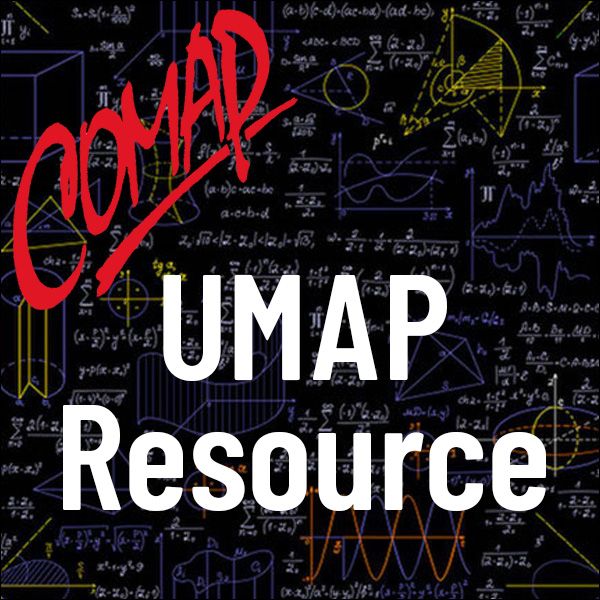Solar Panel Installation: A Cost-Benefit Analysis
Author: Kris Pasia, Priita Peterson & Victor Donnay
Bryn Mawr College features a course in which students do projects analyzing real-world issues of sustainability. In Fall 2023, one project involved a cost-benefit analysis of installing solar panels on two elementary schools in a nearby school district. We tell the story of that project and detail the estimates and mathematics involved in the analysis.
Note: The information below was created with the assistance of AI.
Level of Mathematics
This project aligns with undergraduate-level applied mathematics, particularly in the domains of:
-
Mathematical modeling
-
Financial mathematics
-
Energy systems analysis
-
Introductory calculus and algebra
It requires understanding and application of:
-
Exponential functions (e.g., for calculating Net Present Value and bond amortization)
-
Basic algebraic manipulations
-
Spreadsheet modeling
-
Sensitivity analysis
-
Use of commercial design and analysis tools (SolarEdge, PVWatts®)
It could also be adapted for advanced high school students (AP level or honors courses), particularly in precalculus or AP Calculus, due to its real-world engagement and data-driven modeling.
Application Areas
The document clearly applies mathematics in several real-world, interdisciplinary domains:
-
Environmental Sustainability & Energy Policy
-
Cost-benefit analysis of solar energy systems
-
Impact of federal and state grant programs (e.g., IRA, Solar for Schools)
-
-
Economics and Finance
-
Bond repayment modeling
-
Return on investment, NPV, IRR, LCOE
-
-
Public Policy and Education
-
Decision-making by school boards
-
Educational use of renewable energy installations
-
-
Engineering/Architecture
-
Design constraints and energy generation forecasts for building rooftops
-
Analysis of system capacity, tilt, and azimuth of solar panels
-
Prerequisites
Students engaging with this project would benefit from prior exposure to:
-
Algebra (equation solving, functions, units conversion)
-
Geometry and Trigonometry (angles, area, azimuth, tilt)
-
Basic Statistics and Data Analysis
-
Introductory Financial Math (interest rates, time value of money)
-
Spreadsheet Software (e.g., Excel, Google Sheets for proforma modeling)
Students would also benefit from:
-
An understanding of energy units (kWh, MWh)
-
Some exposure to climate science or sustainability concepts
Subject Matter
The article covers the following mathematical content areas:
a. Financial Mathematics
-
Net Present Value (NPV)
-
Internal Rate of Return (IRR)
-
Levelized Cost of Electricity (LCOE)
-
Capital Recovery (Payback) Period
-
Sensitivity analysis of key financial variables
b. Mathematical Modeling
-
Real-life data integration (e.g., utility bills, solar output)
-
Use of estimation and scenario planning (Optimistic, Middle, Conservative, Mixed)
-
Application of geometric series to bond repayment models (Appendix)
c. Energy and Environmental Calculations
-
Carbon offset calculations using CO₂ emission factors
-
Social cost of carbon using policy-defined metrics ($/ton CO₂)
-
Use of PVWatts® for simulation and solar production estimation
Correlation to Mathematics Standards
This project aligns strongly with national and state-level mathematics standards including:
a. Common Core State Standards – High School
-
Functions (F.IF): Interpret functions that arise in applications in terms of the context
-
Algebra (A.SSE, A.CED): Creating and interpreting equations in real-world contexts
-
Modeling (★): Use of mathematics and statistics to analyze empirical situations
b. NCTM Process Standards
-
Problem Solving: Real-world application with community implications
-
Reasoning and Proof: Justification of financial decisions
-
Communication: Presentation to school boards and community stakeholders
-
Connections: Linking math to environmental science, public policy, and education
-
Representation: Use of graphs, spreadsheets, and modeling tools
c. NGSS Cross-Cutting Concepts (if integrated into science/math curriculum)
-
Energy and Matter: Tracking energy consumption and generation
-
Systems and System Models: Modeling a solar PV system over 30 years
-
Stability and Change: Long-term financial and environmental impacts

Mathematics Topics:
Application Areas:
You must have a Full Membership to download this resource.
If you're already a member, login here.